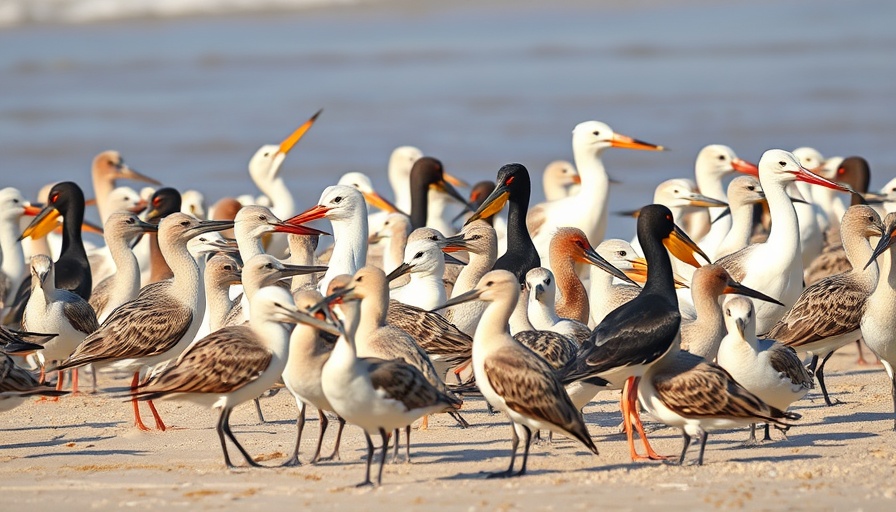
Flocking Together: Lessons from Bird Communities
In the bustling world of birds, mixed flocks exemplify the strength and safety found in community. Just as we often hear that “it takes a village,” these avian groups highlight how united efforts lead to better survival and efficiency. For instance, various sparrow species band together during winter, not only for protection but also to enhance their feeding success.
The Cooperative Nature of Birds
Some remarkable species, like the Red-cockaded Woodpecker, practice cooperative breeding, where older birds assist in raising the younger ones. This familial support system highlights that even in nature, collaboration can yield extraordinary results. The interconnected roles within these flocks promote not only their survival but also the passing of knowledge between generations.
The Human Parallel: Building Our Communities
Humans can draw significant lessons from these bird behaviors. Community matters in our lives—you might ask yourself, who supports you when challenges arise? Much like these feathered friends, people thrive in supportive networks where shared values and goals enable personal growth and resilience.
Join the Movement: Black Birders Week
This week is particularly special as it marks Black Birders Week, a movement showcasing diversity within the birding community. Want to join in the celebration? Follow the hashtag #BlackBirdersWeek on social media to discover stories and connect with others who share a passion for avian life.
Wrapping Up: Embrace the Strength of Community
Next time you notice a flock of birds soaring together, let it remind you of the importance of support and cooperation in our lives. So, who’s in your corner?
 Add Row
Add Row  Add
Add 




Write A Comment